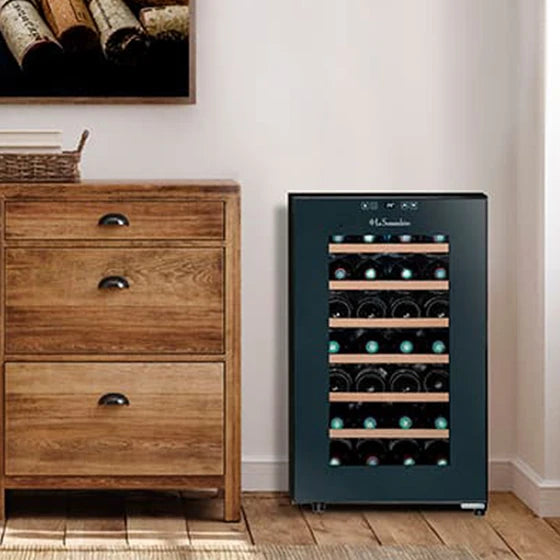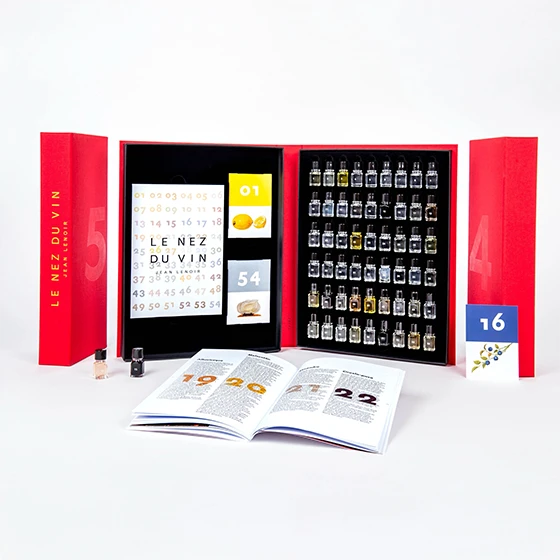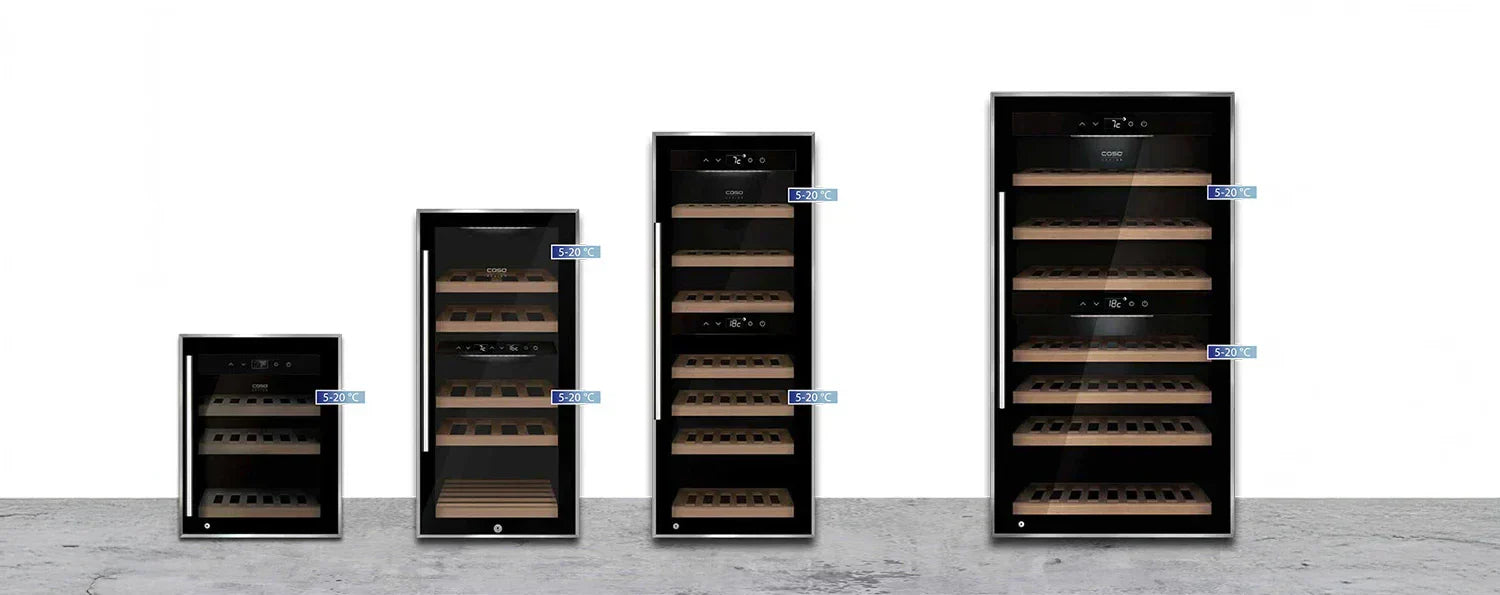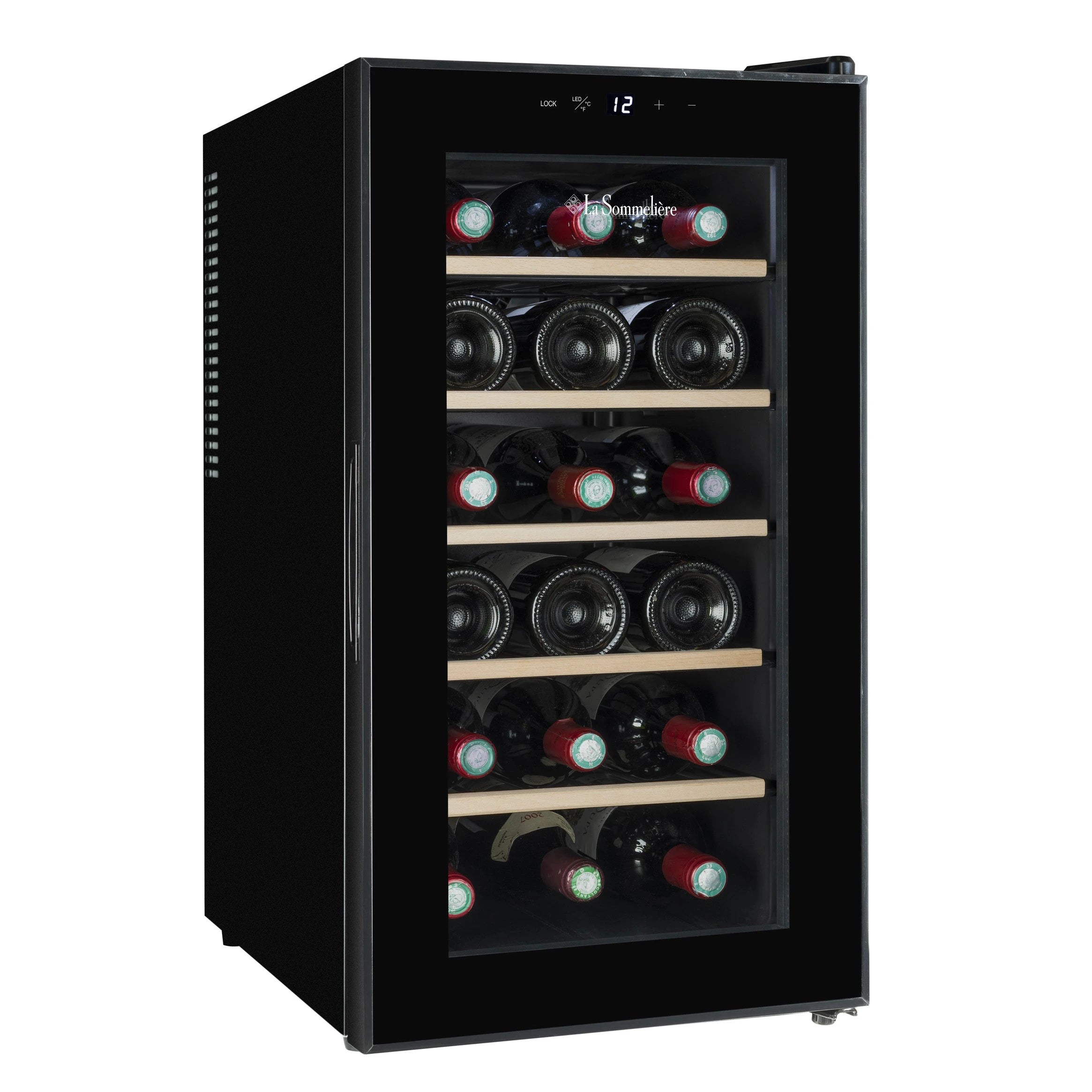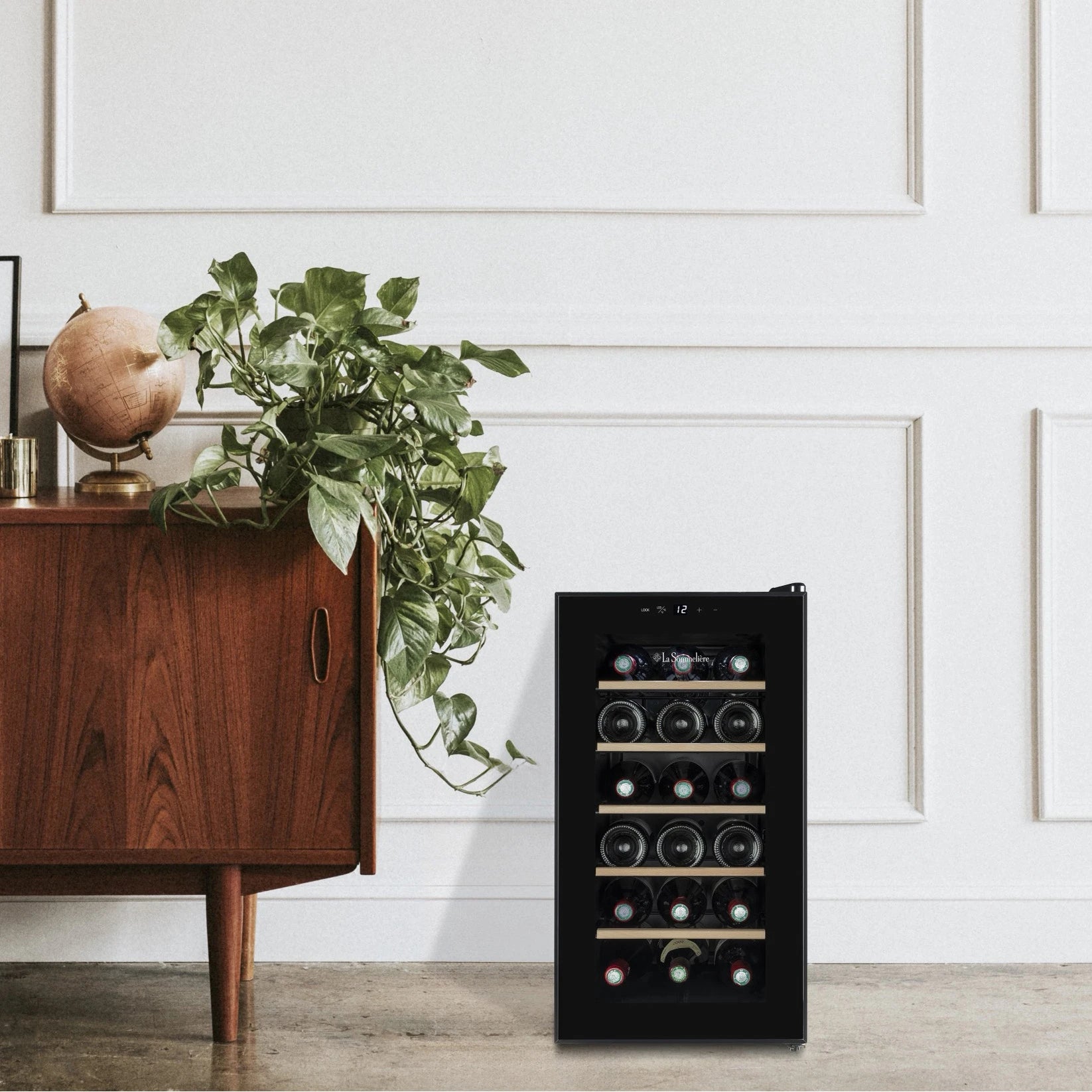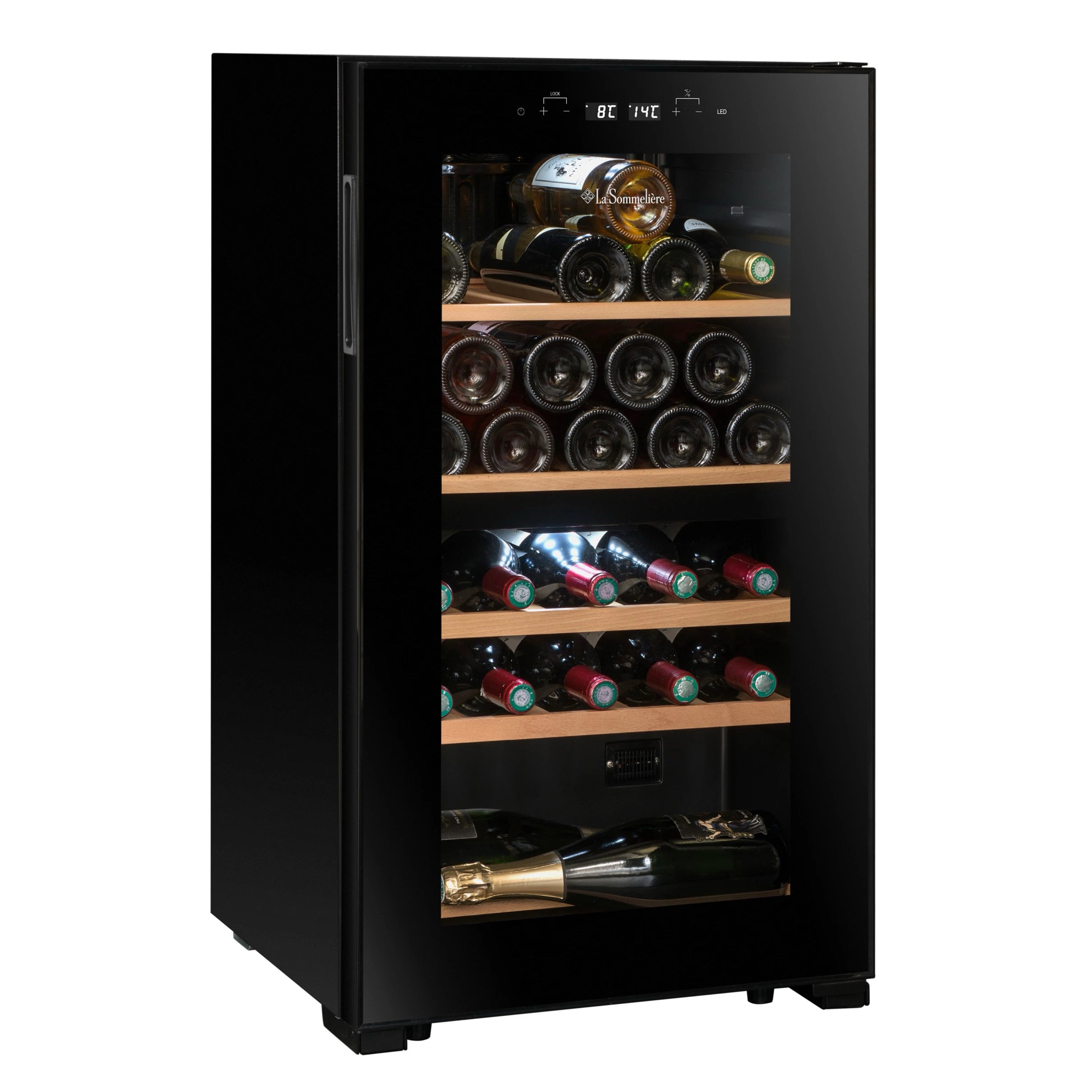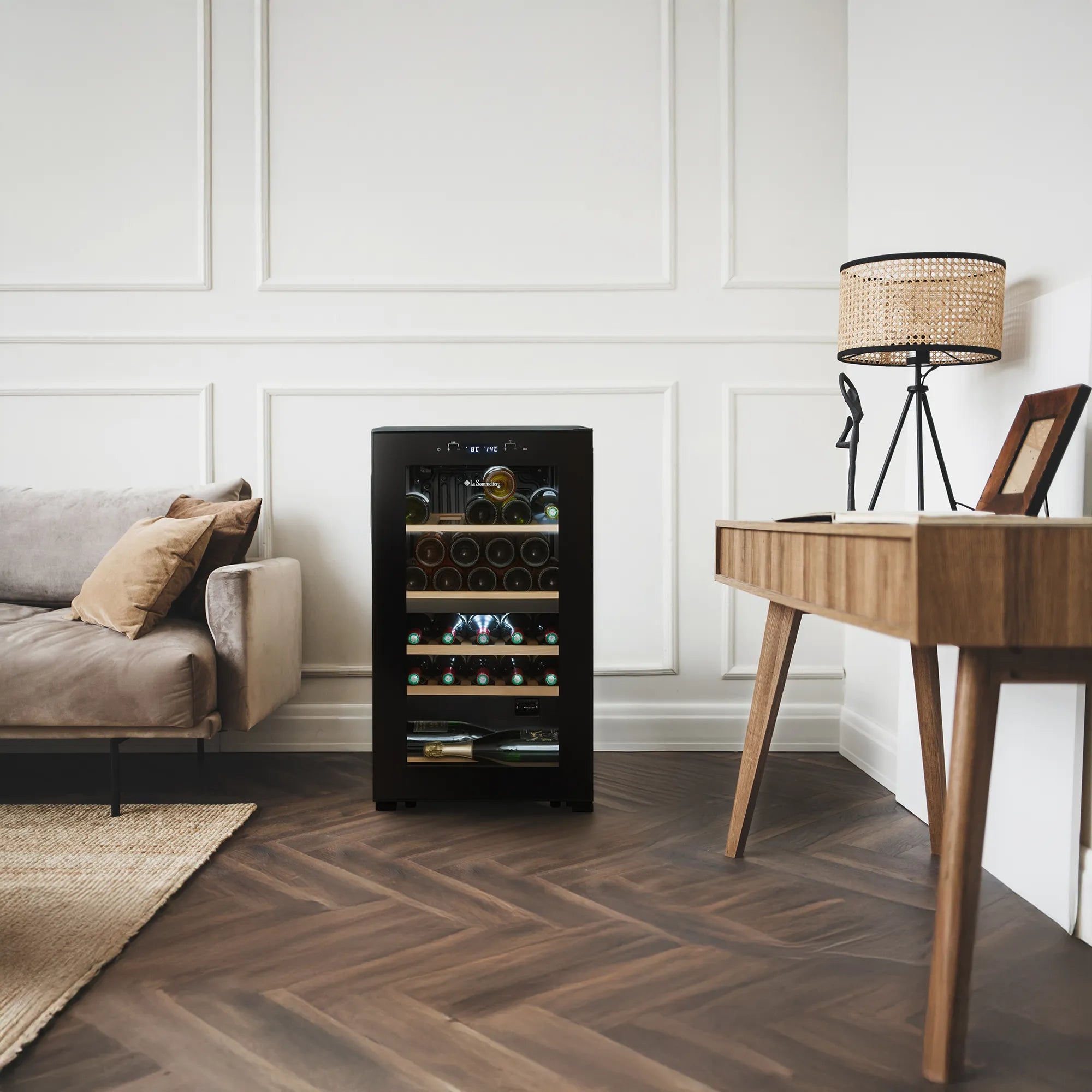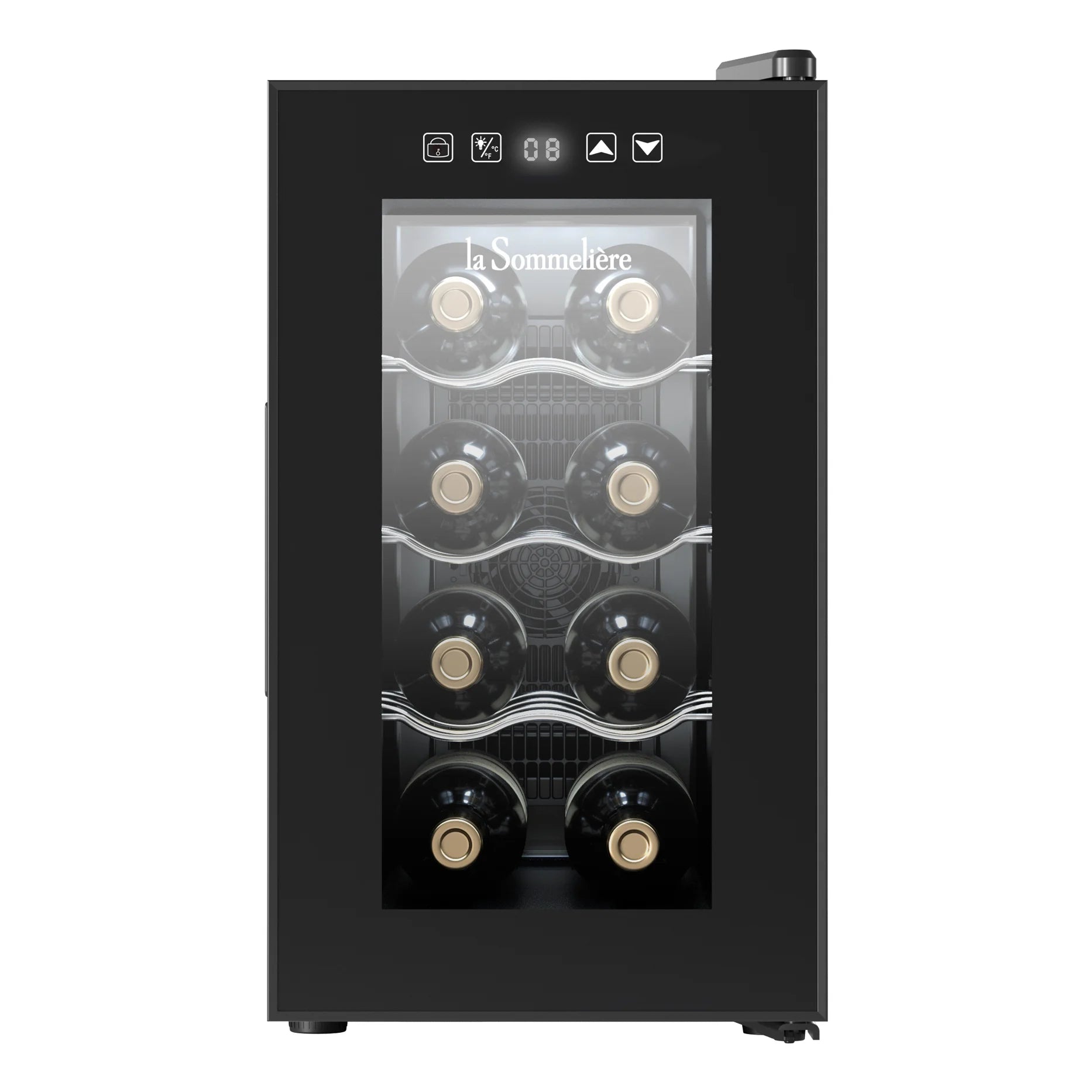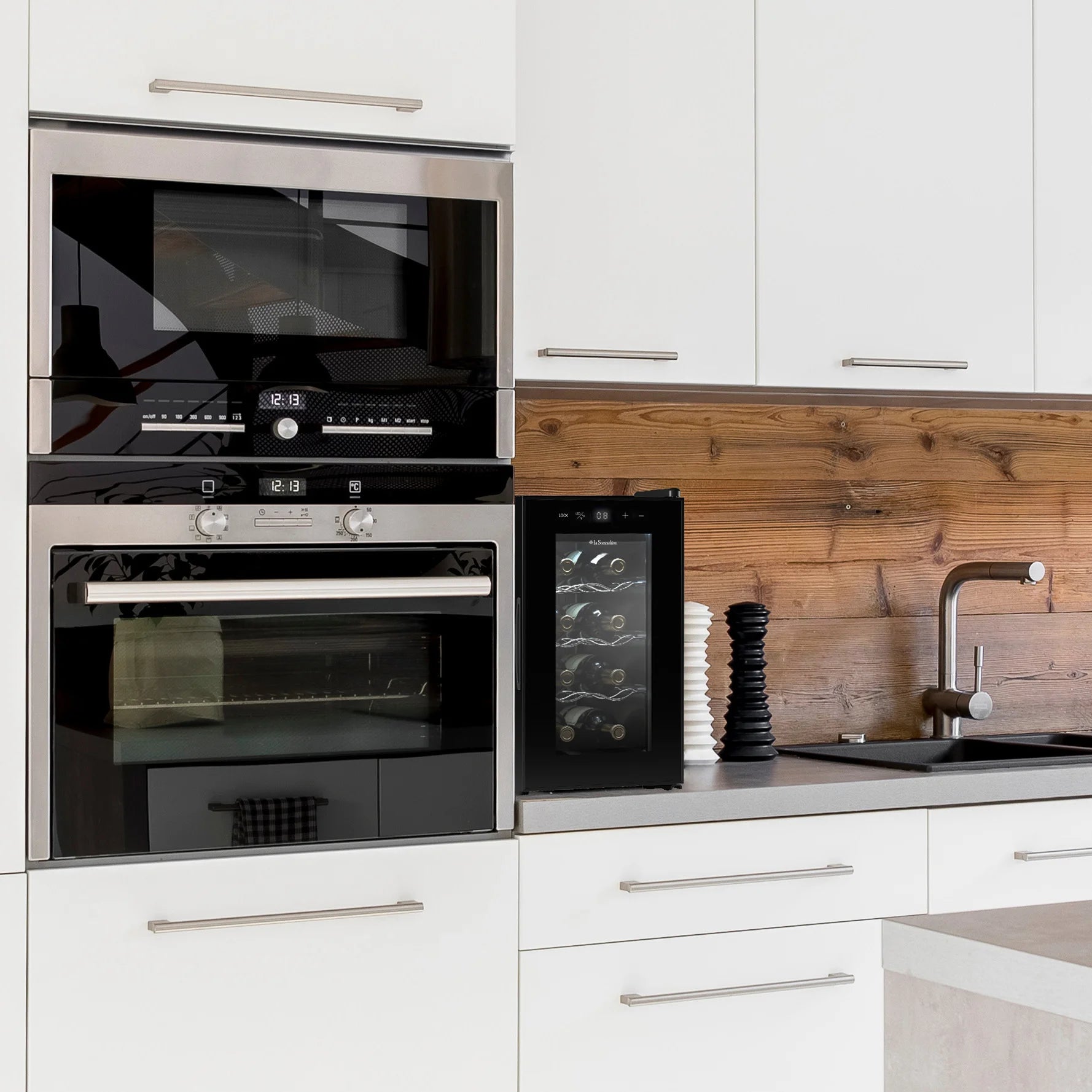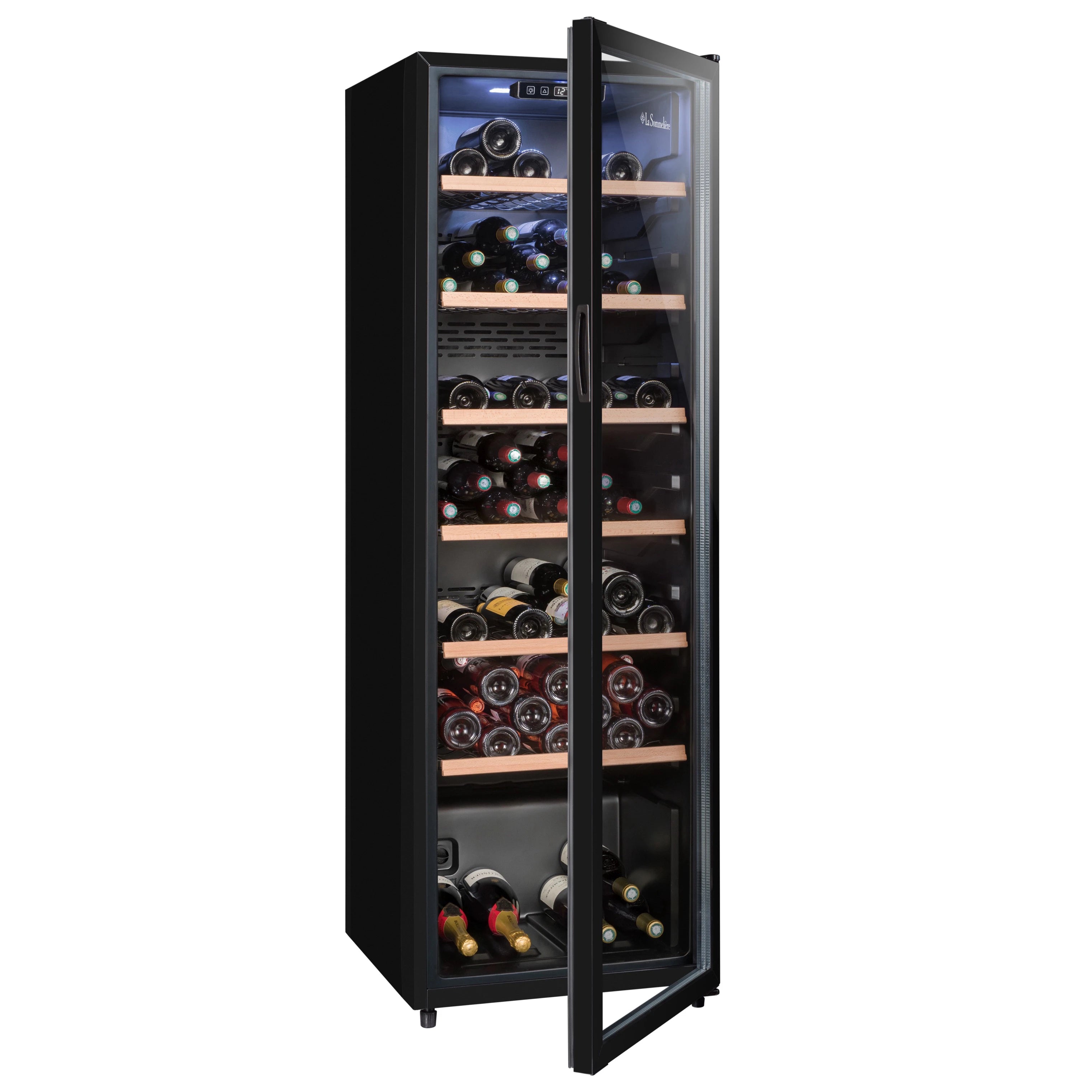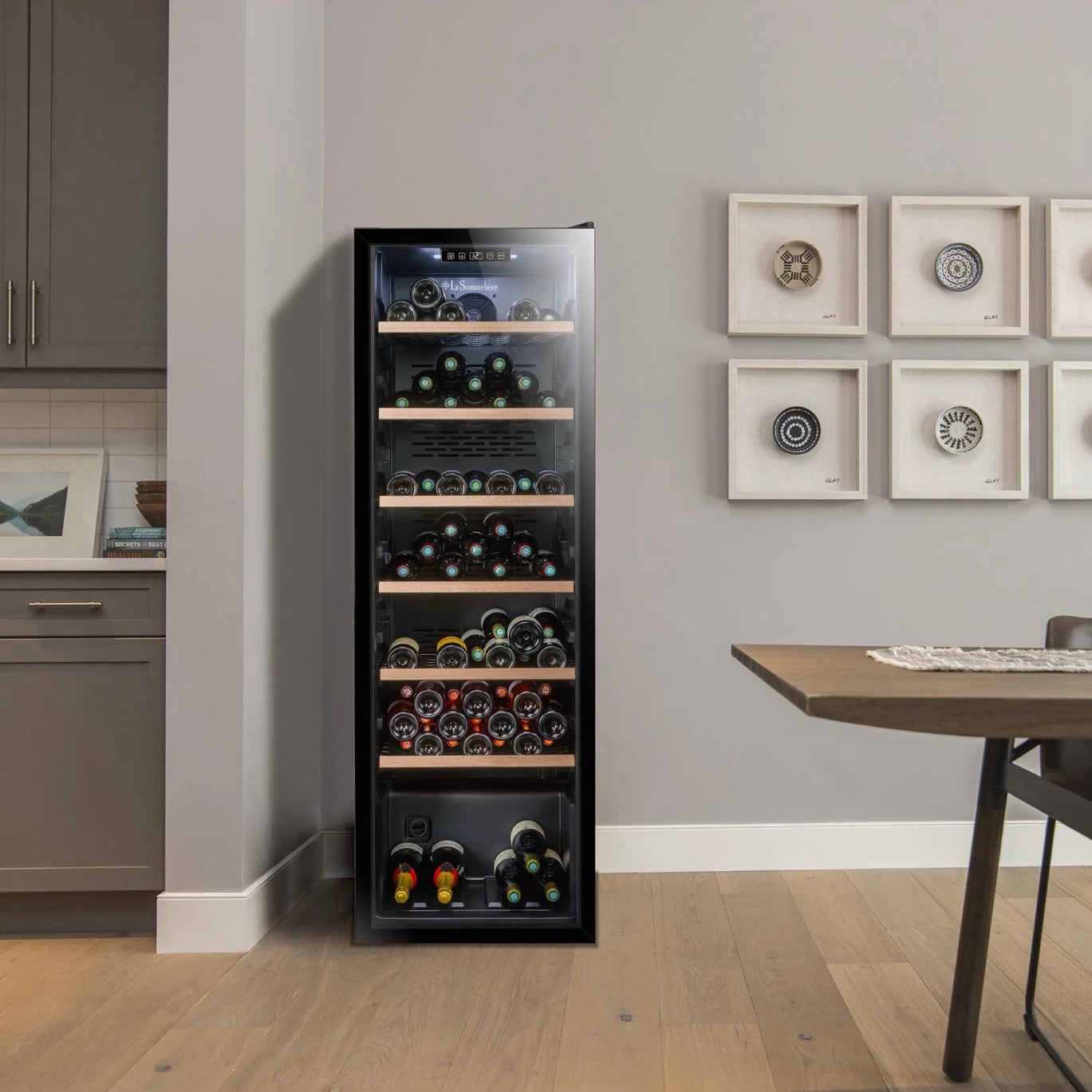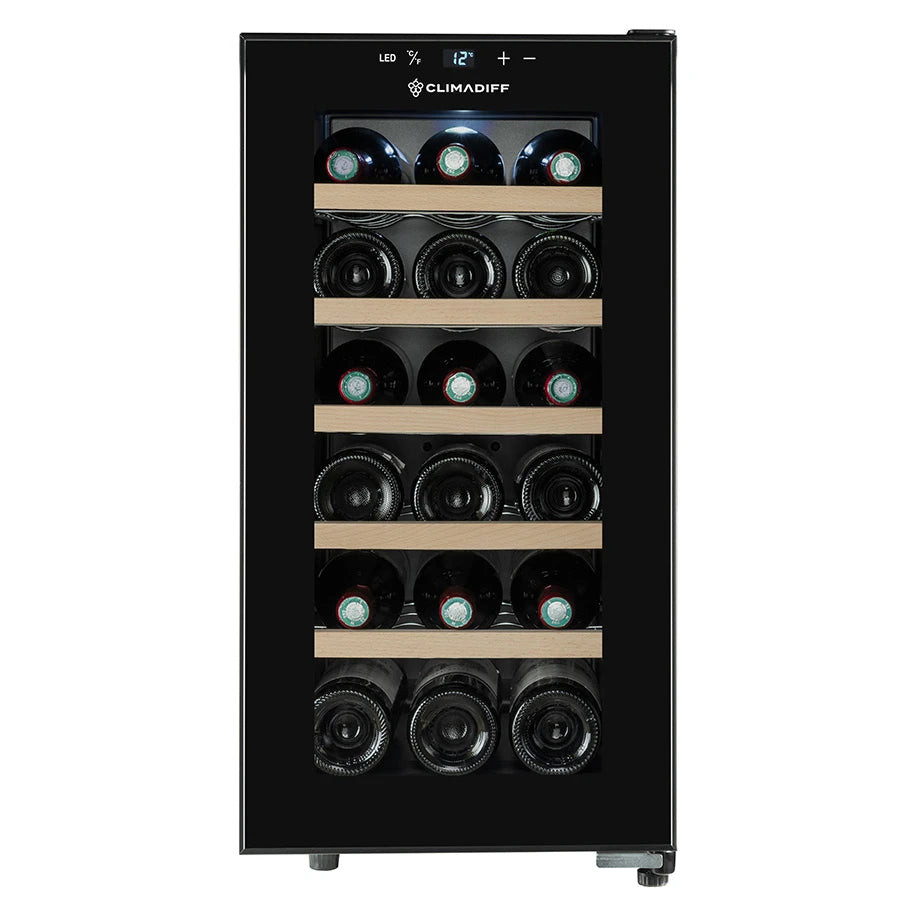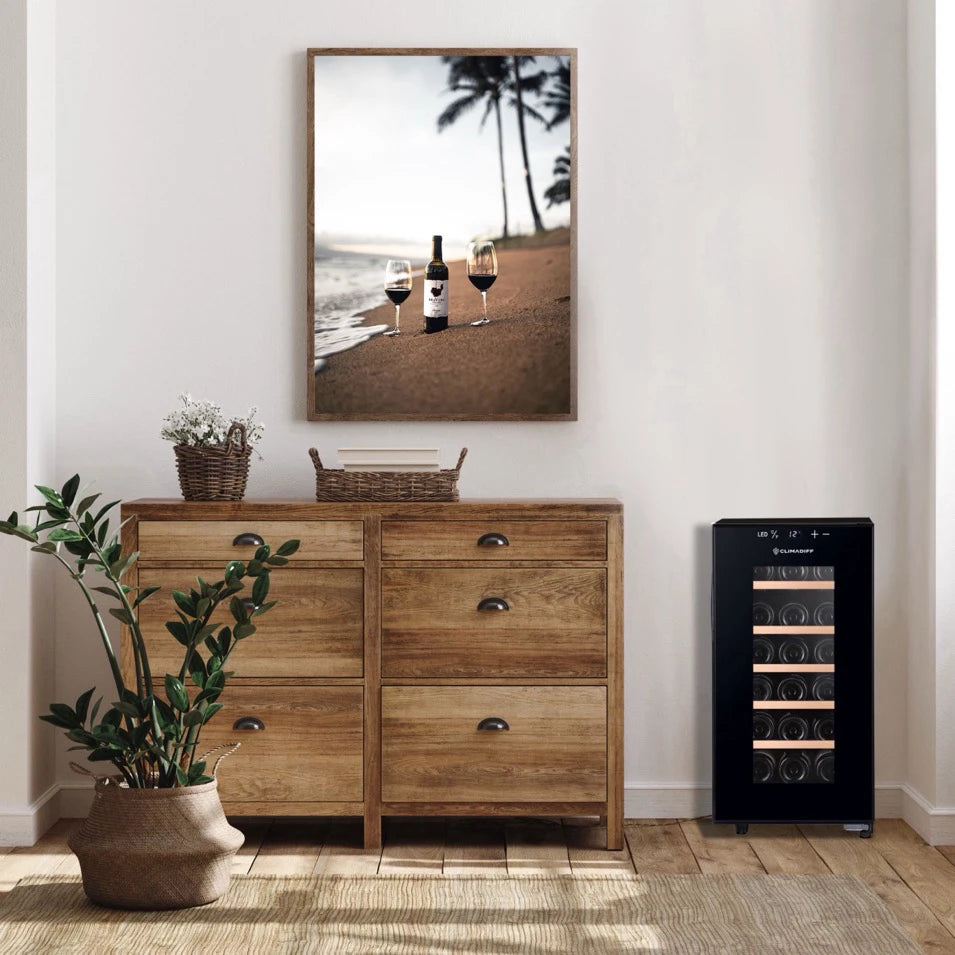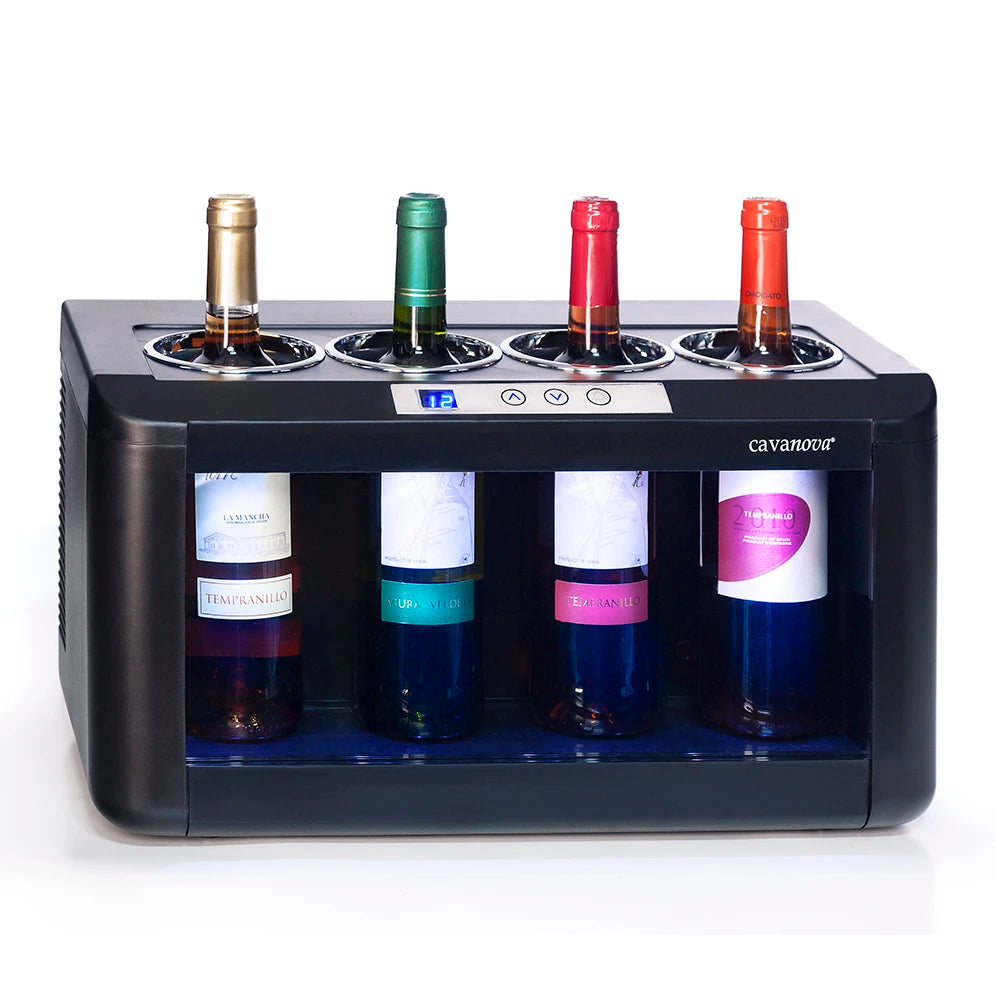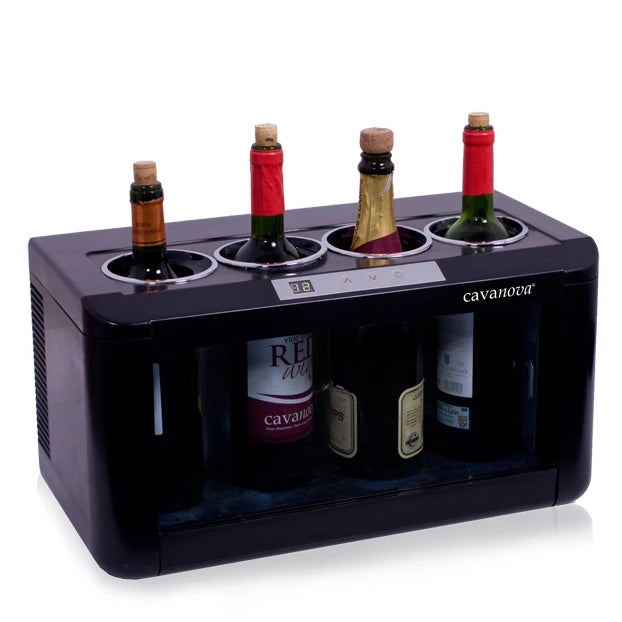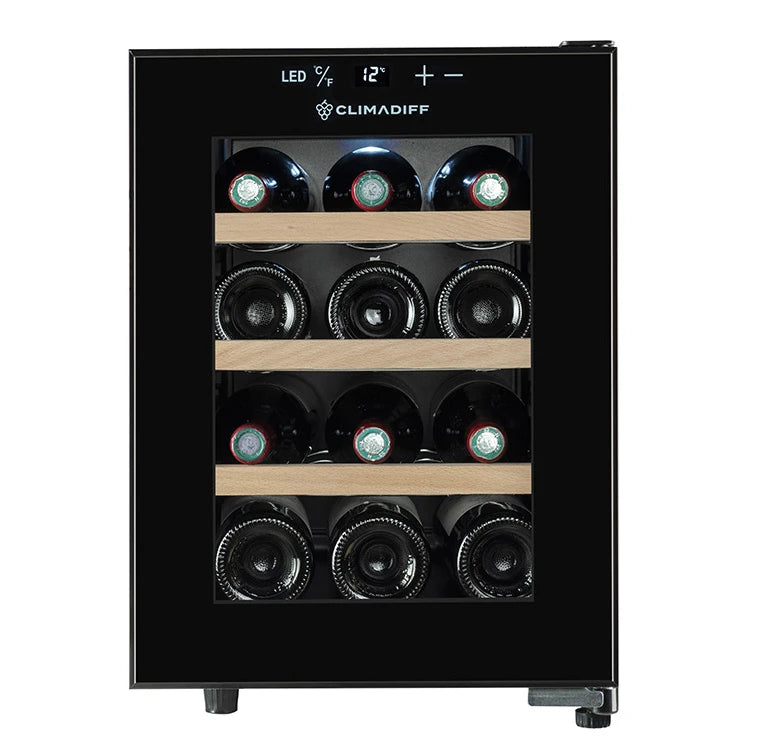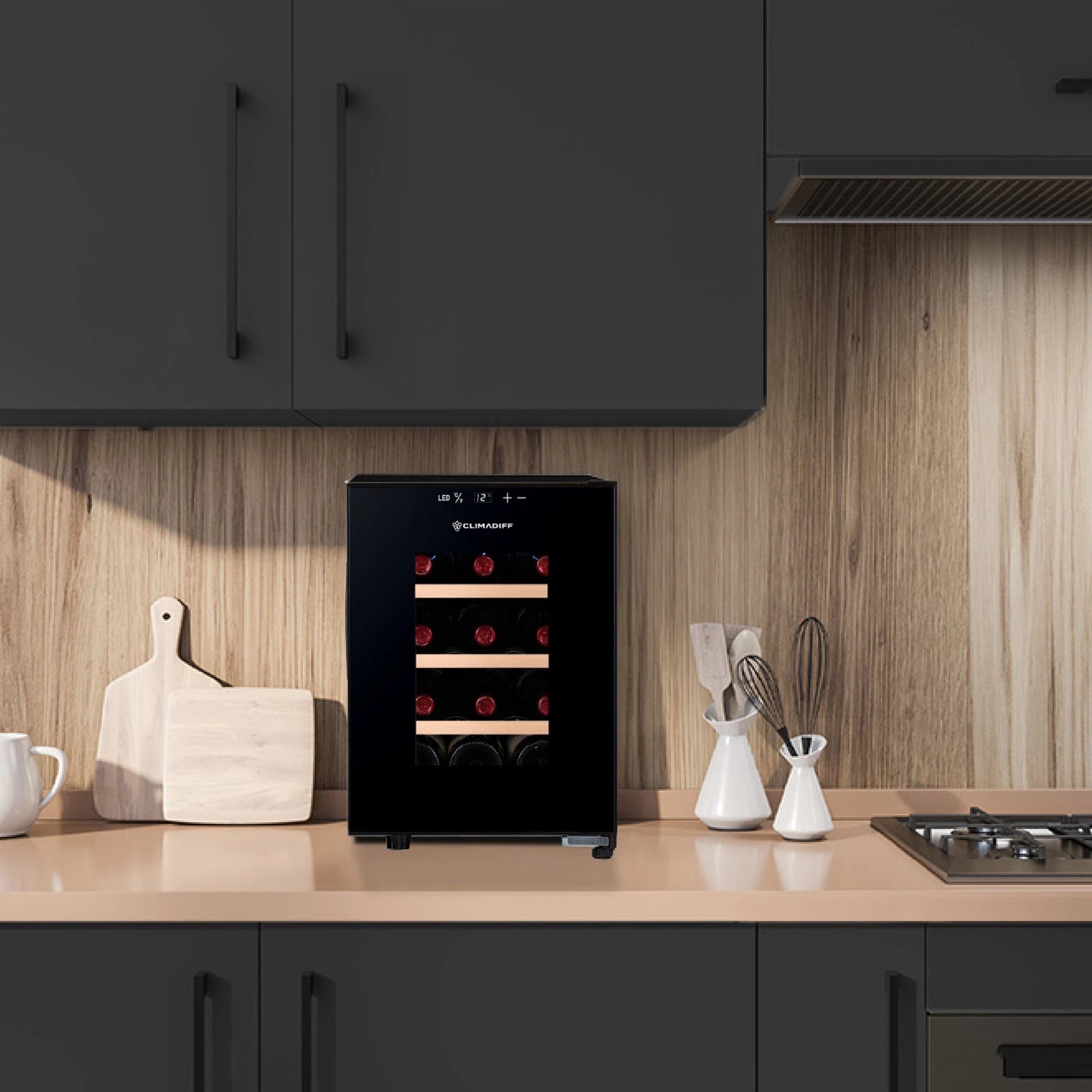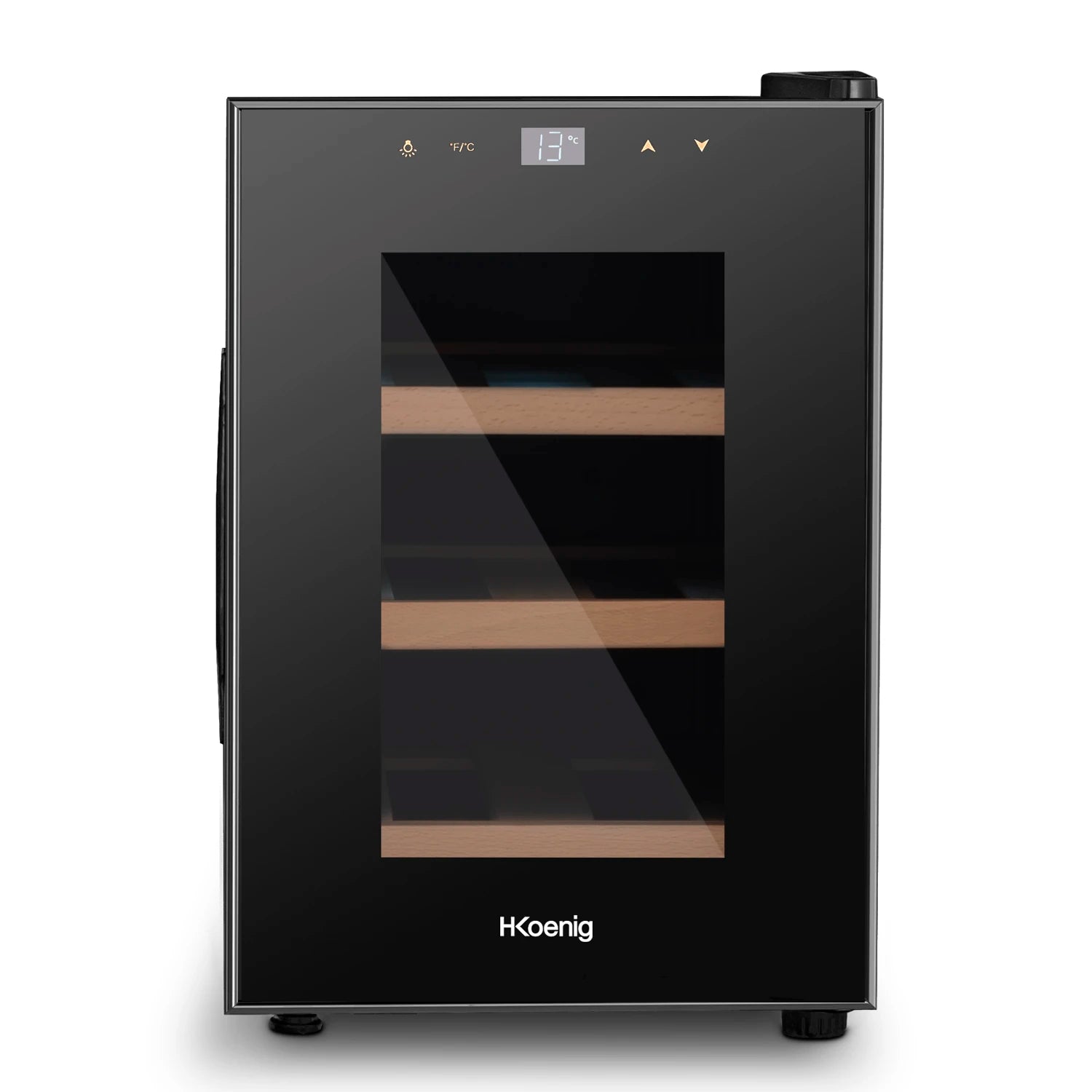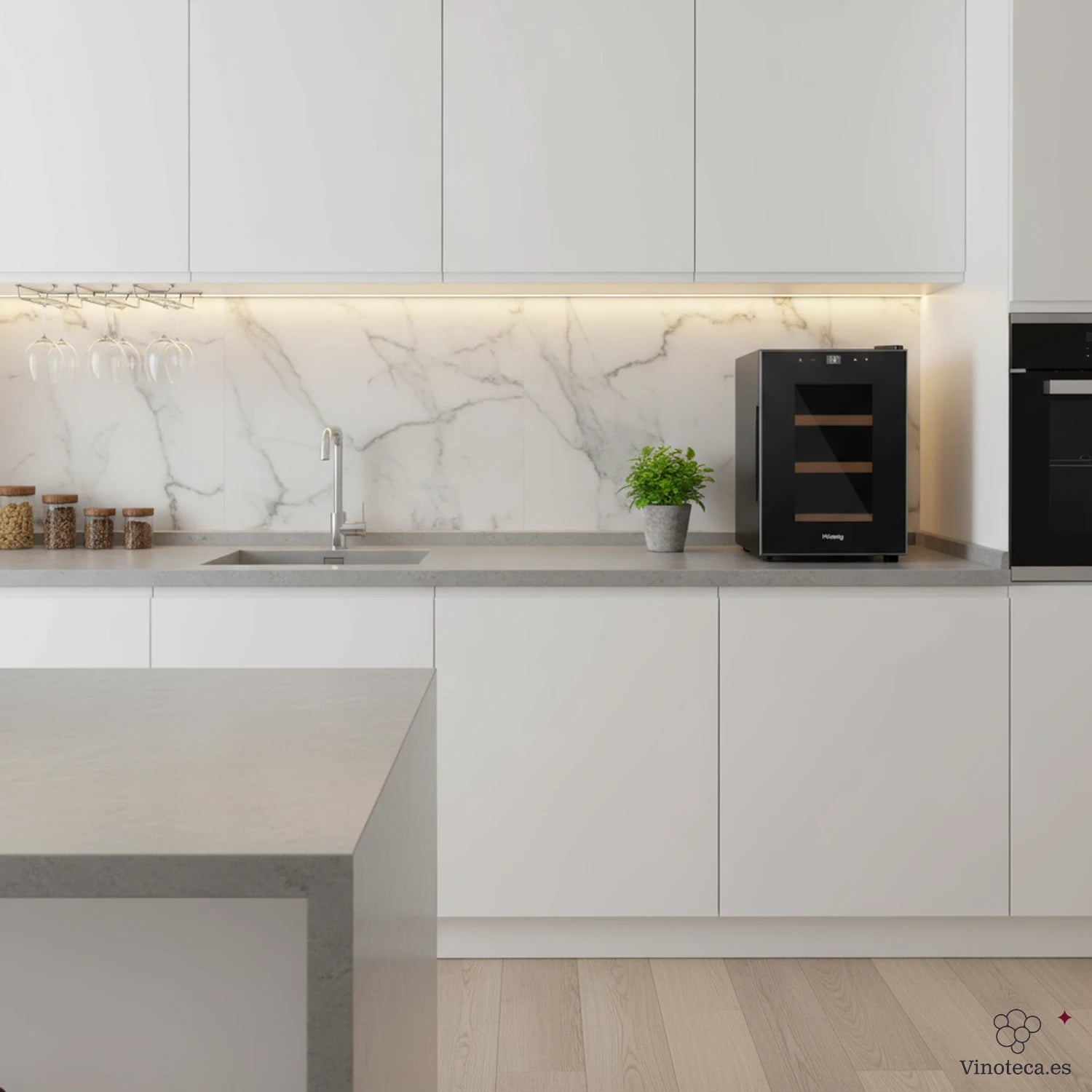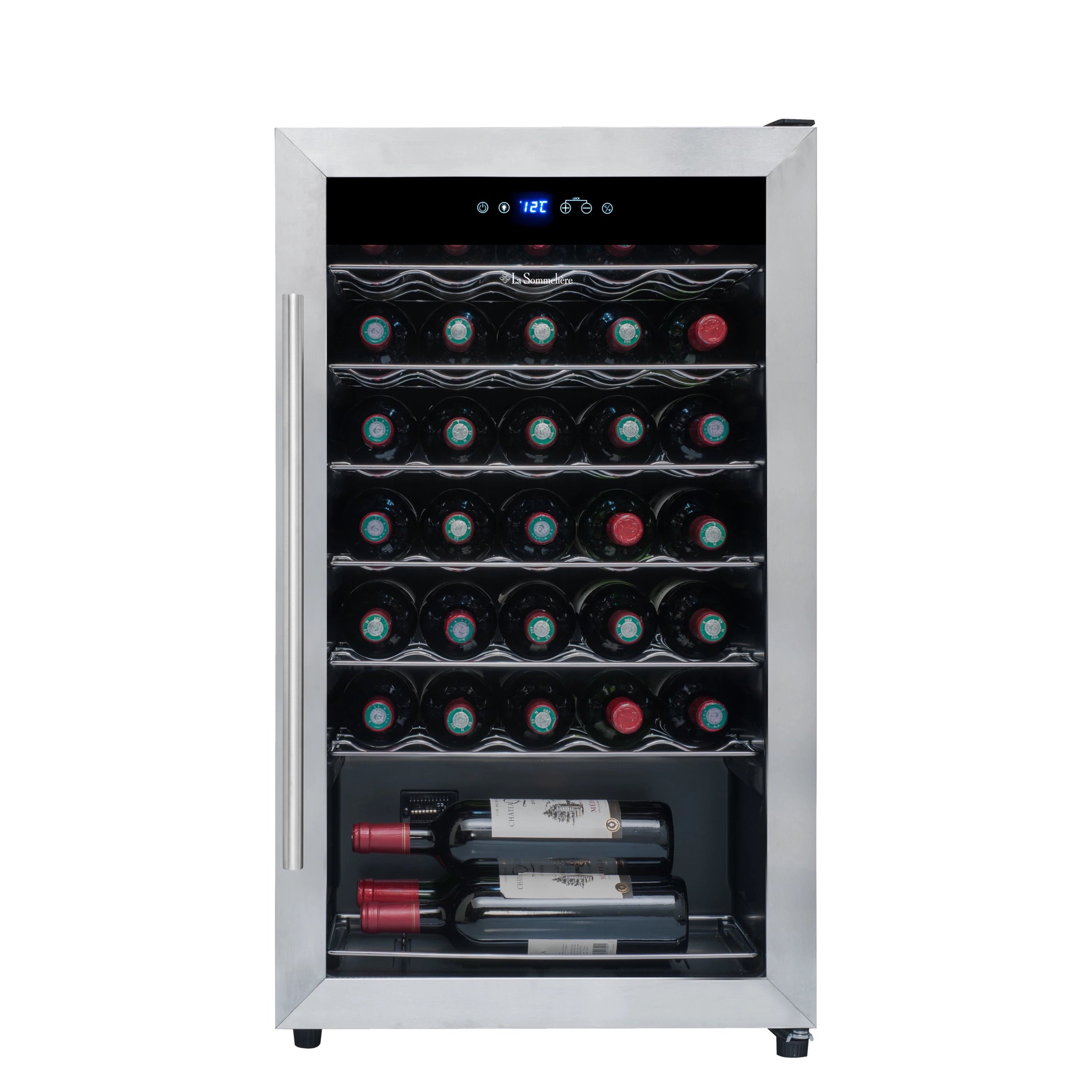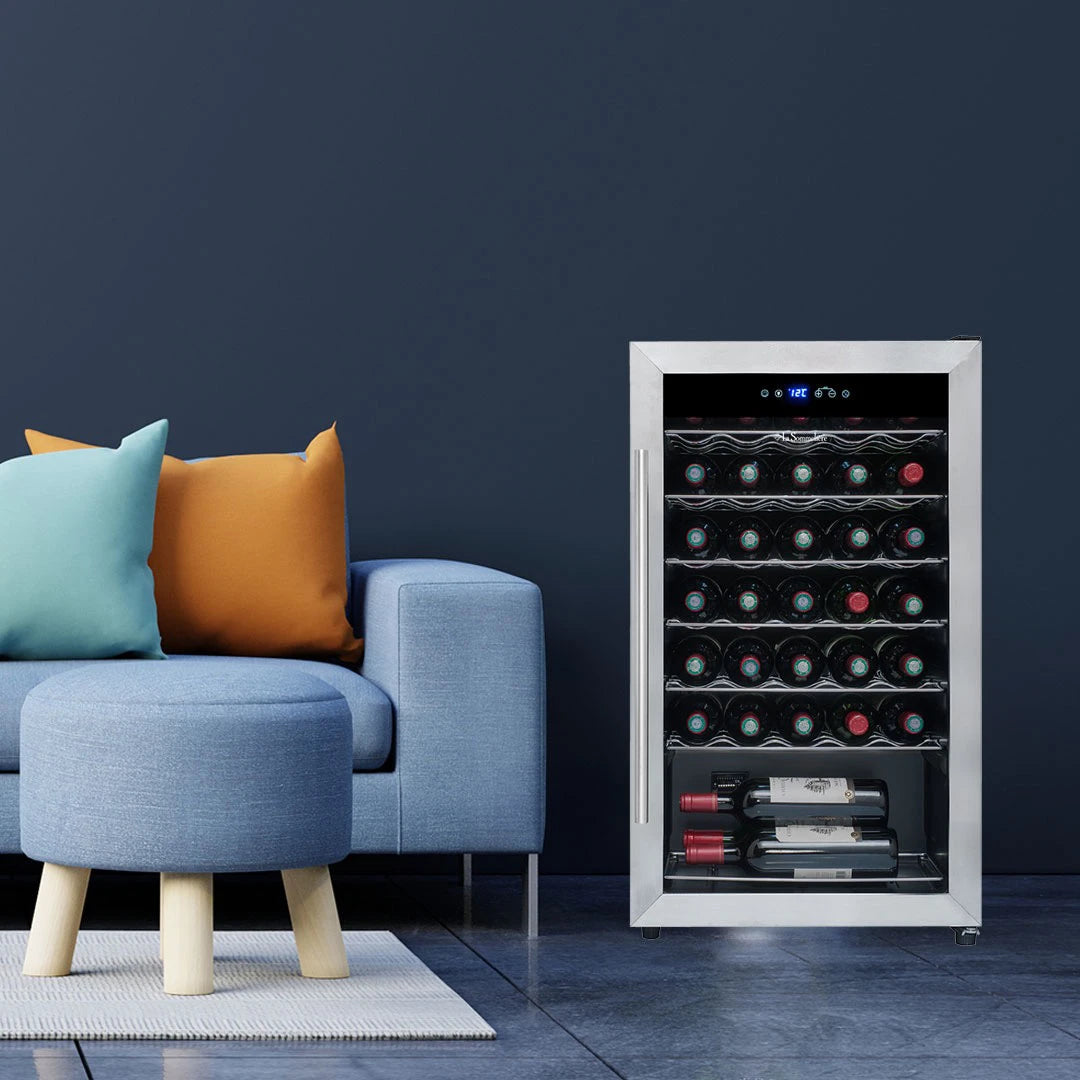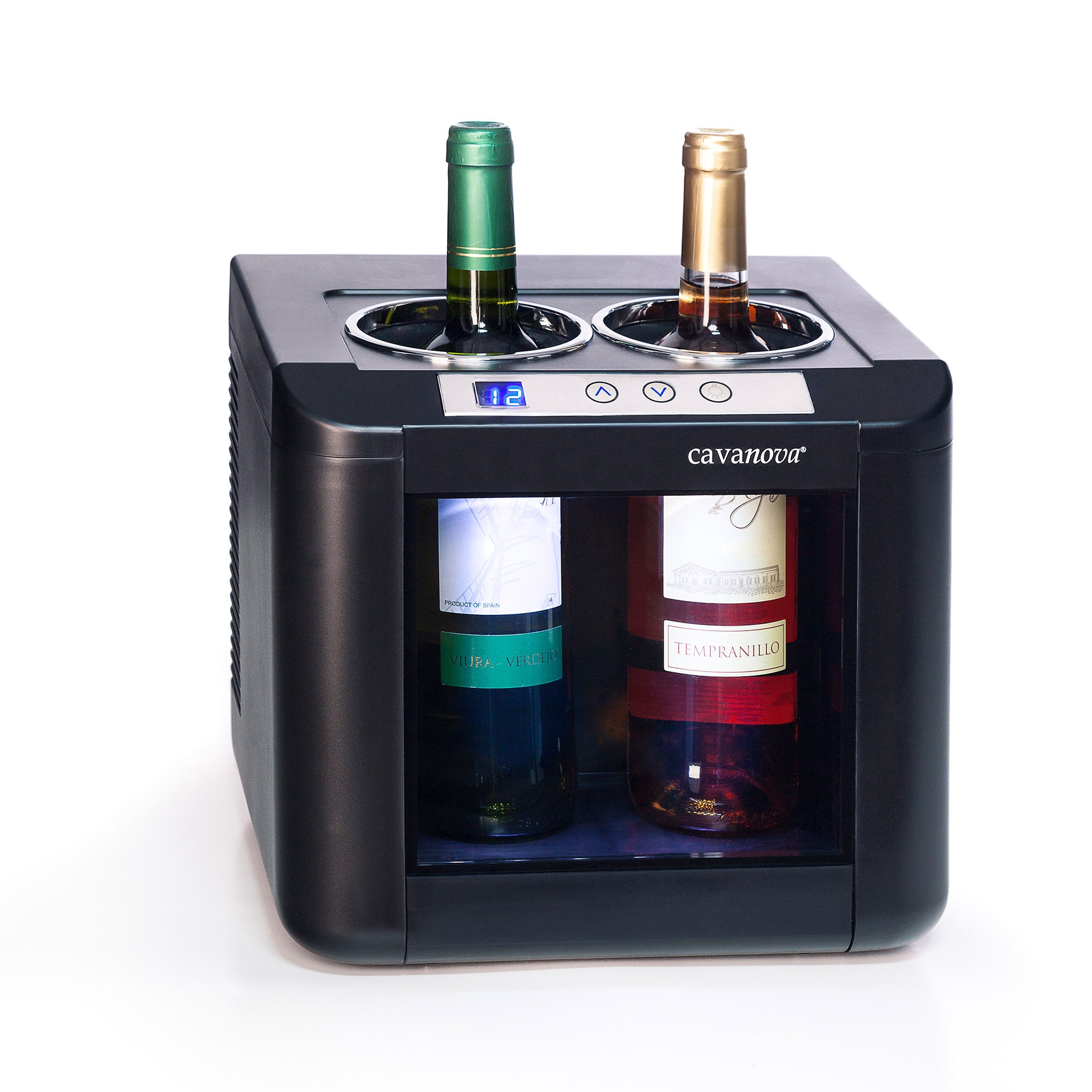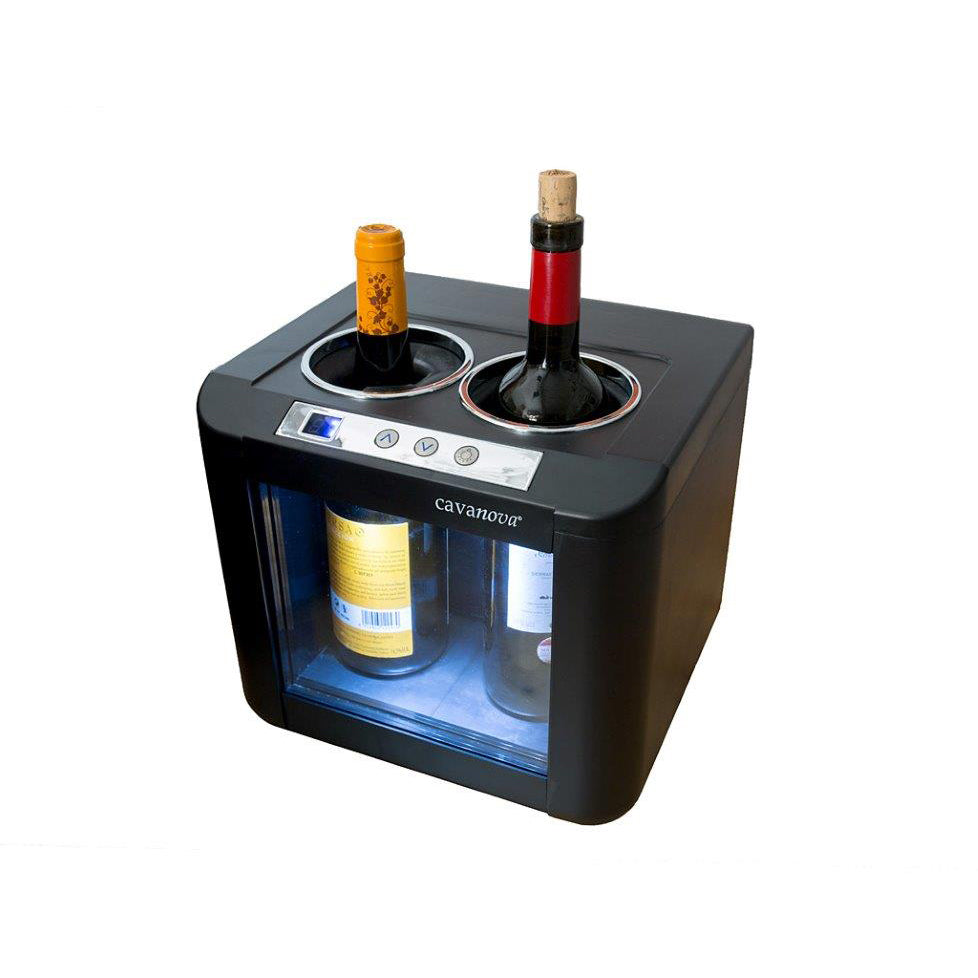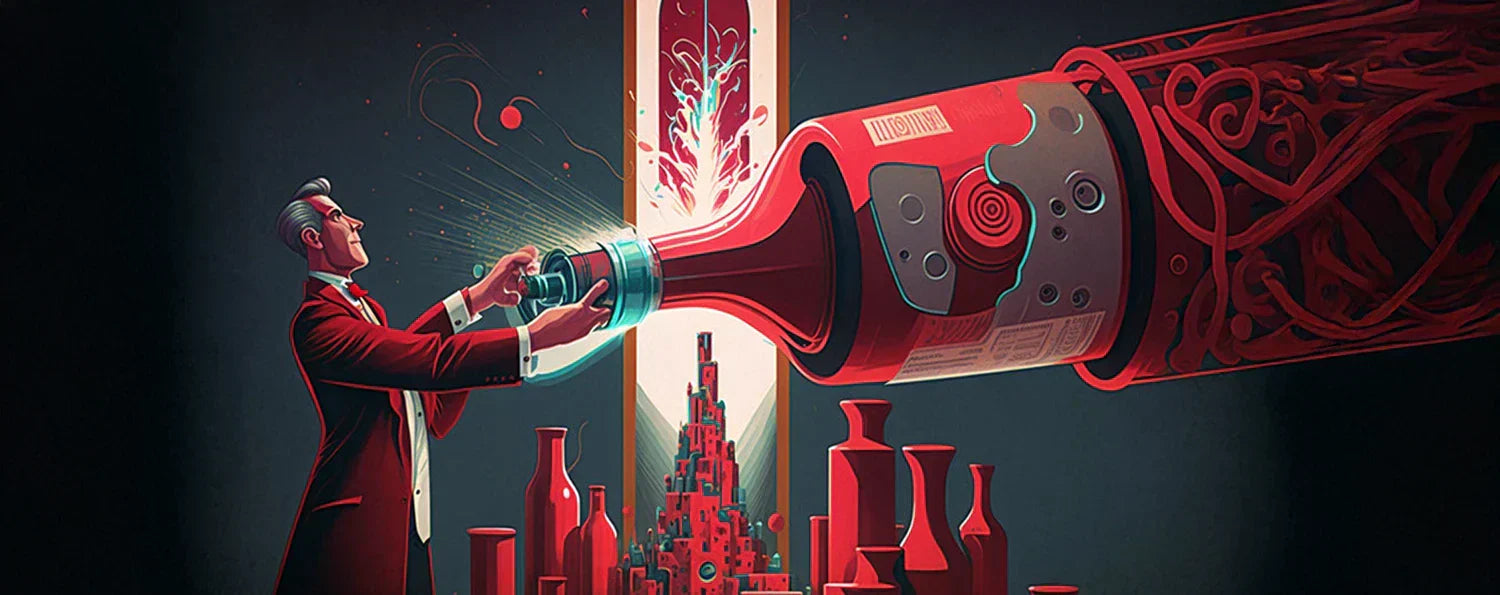Before buying a wine cooler, there are some details and tips you should keep in mind. While many believe that the right temperature (between 12ºC and 18ºC) is the only key to storing wine, there are other equally important factors to consider, such as humidity, ventilation, vibrations, and light. Therefore, it’s essential to understand the features of the different wine coolers available.
Thermoelectric wine coolers are a good option if you understand how they work and their limitations. These appliances are designed exclusively for wine storage, taking into account temperature, humidity, vibrations, and light. It’s also important to distinguish between storage temperature (14ºC–18ºC) and serving temperature (7ºC–18ºC), depending on the type of wine. Within these limits, a thermoelectric wine cooler can deliver excellent results, but they are not recommended for cooling beer or soft drinks.
Advantages of the thermoelectric system include the complete absence of vibrations that could damage the wine, making them ideal for long-term storage and bottle aging; low noise levels (around 25–35 dB, depending on the appliance’s capacity); eco-friendliness (as they do not use refrigerants or polluting oils); a compact thermoelectric technology that allows the creation of small-sized wine coolers that would be unfeasible with a compressor; more stable temperatures with minimal fluctuations; low energy consumption; and lower maintenance and repair costs.
Disadvantages of the thermoelectric system include limited cooling power, which can make the cooler take longer to reach the desired temperature; they are not recommended for very hot locations (the difference between ambient temperature and the cooler’s internal temperature should not exceed 15ºC); they cannot be built-in or placed near or on top of other appliances that generate heat. It’s important to respect these limits to ensure optimal performance, extend the appliance’s lifespan, and avoid excessive energy consumption. For this reason, they are not recommended for professional use, such as in bars or restaurants, except for countertop wine chillers.
Compressor wine coolers offer several advantages, such as greater cooling power than thermoelectric wine coolers, a wide temperature range (4ºC–20ºC) making them suitable for all types of wines and sparkling wines, and performance that is less affected by ambient temperature, making them ideal for hot rooms or premises. Additionally, there is a wide variety of compressor wine coolers available, some with different temperature zones to store sparkling wines, white wines, rosés, and reds, and others with large capacities designed for wine aging, featuring interiors fully insulated from noise, vibrations, and light.
Disadvantages of compressor wine coolers include higher noise levels (although manufacturers have developed quieter compressors than in the past, compressor wine coolers still produce around 40 dB of noise), the vibrations generated by the compressor, and their size, as they are often large units and it’s difficult to find compressor wine coolers with fewer than 16 bottles.
There are several additional aspects to consider when buying a wine cooler: the size, which should match your monthly wine consumption so you don’t run out of space or have unnecessary empty capacity; the aesthetics, as there is a wide variety of wine coolers on the market in different colors and styles, so it’s important to find one that fits the environment where it will be installed; and the location, which should be a place where the cooler does not receive direct sunlight, has enough ventilation space, is not in a room with an ambient temperature above 30ºC, is not near appliances that produce vibrations, and is not in a noisy room, since wine is sensitive to both vibrations and noise.
It’s also important to note that wine coolers can be somewhat noisy themselves, especially in summer when they operate more actively, so it is advisable to place them in an area with low background noise.

